
If you’re a doctor, by now you’ve probably already heard of telemedicine. You might have already used it in your practice but you may still struggle to understand all its nuances and variations. By definition, telemedicine means “healing from a distance” but this could mean so many things. There are so many questions that you might have and it can seem overwhelming.
You may ask yourself “Do I need to invest resources into specific devices or can I just use my smartphone and my computer?”, or “If I’m using Skype, Viber or WhatsApp to communicate with my patients, is that telemedicine? Am I missing something?”.
We’ll try to shed some light on the various aspects of telemedicine and how the features of some telemedicine platforms and solutions support these aspects.
It always starts with the chat
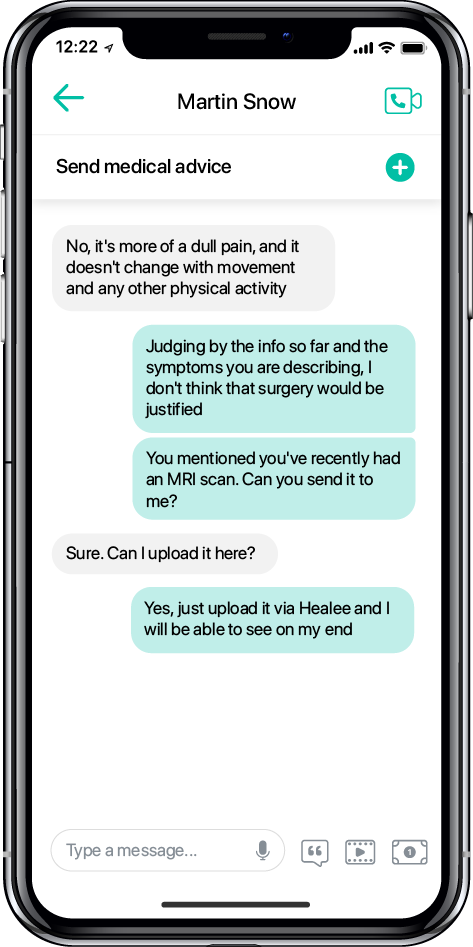
Chatting with your patients using text messages and images is an essential part of a doctor – patient communication that is beneficial for both parties but it’s often underestimated in favor of a live video call.
While a video call requiring an appointment in advance is rarely an option, especially when your calendar is full for the next 1-2 months, an asynchronous text messages connection that doesn’t require both you and your patient to be available at the same time, is always there.
You can answer the questions in your free time or whenever you find some spare time in between your regular appointments. Your patients will be more than happy to talk to you without having to wait months to see you.
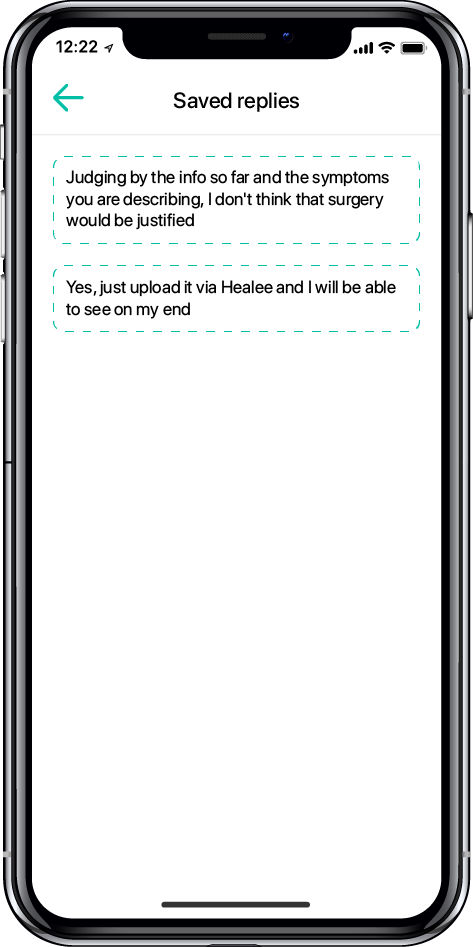
But what doctor-specific features can you expect from a chat that is part of a telemedicine solution?
The features that can help a lot in the text communication with your patients, are the features that save time.
For example, solutions that let you save and organize your replies for later use can save you a lot of time. While during in-person visits you’re doomed to repeat some things over and over again, you don’t have to do that in a text chat with your patients.
Knowing how busy you are, some solutions go even further and let you use your voice so that you don’t have to type long messages on your phone.
Patients, on the other hand, should also have the right instruments that let them be more productive when they communicate with you. It could be a great convenience for your patients to be able to send you voice messages so they don’t have to write when in a hurry.
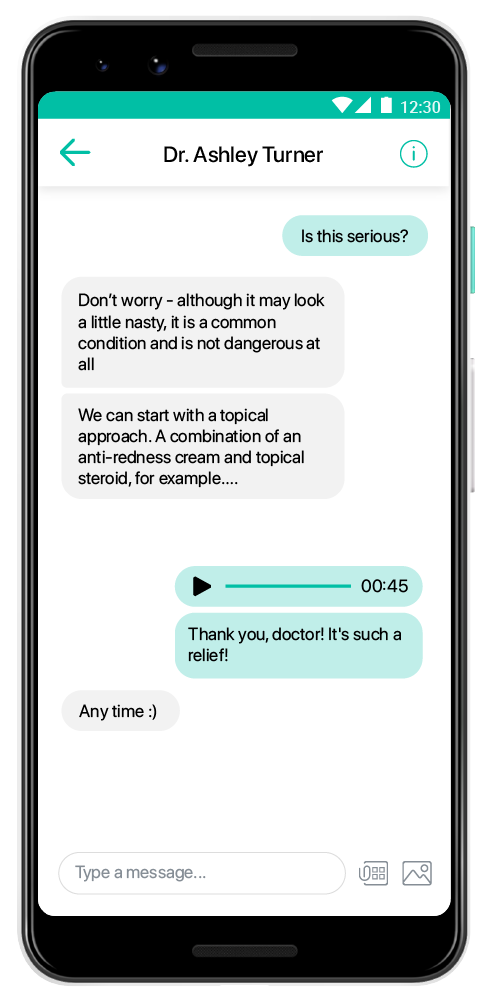
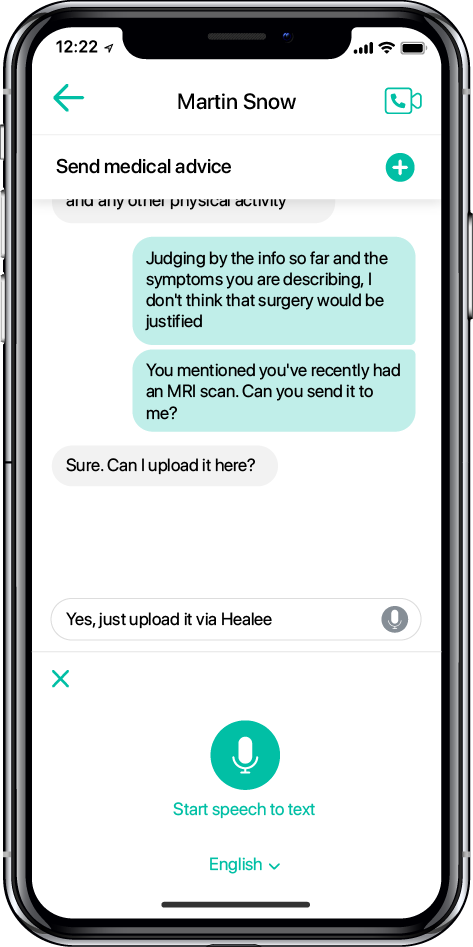
Being notified the right way is crucial
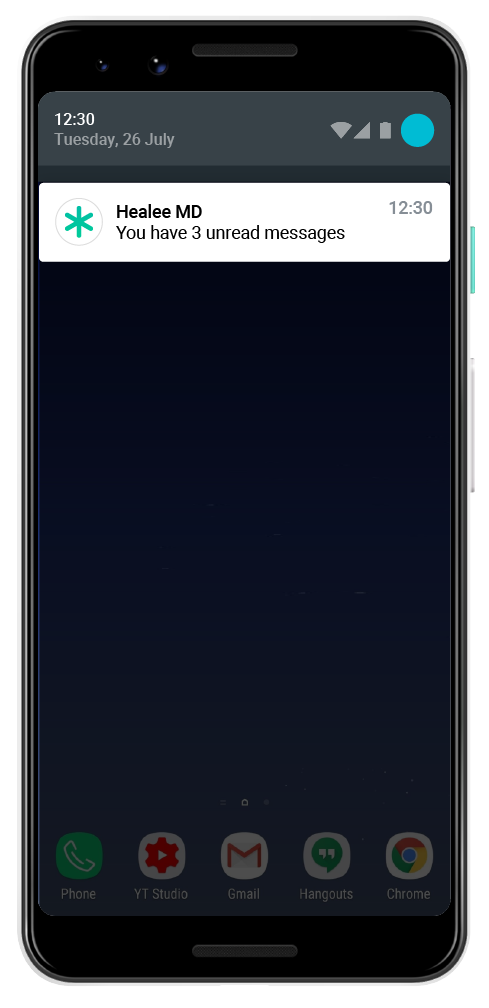
Missing a notification for a message from a friend in WhatsApp is something that happens from time to time. Missing a message from a patient shouldn’t happen, especially if the matter of urgency. The right telemedicine solution would have in mind the importance of the messages sent between a doctor and a patient and would keep on reminding over some period of time about the unread messages.
It’s also recommended that these reminders are sent through several channels, such as app notifications, email and even SMS to make sure that doctors would see them even at moments when they don’t have an internet connection.
Being a doctor also means being a human, and humans need some time off
Sometimes you would need some time off from work and by Murphy’s law this is the time when your patients will need you the most. The right way is to let them know that you’re not available at the moment and when they can expect you to be back to work. You should also have the option to tell whether you want to be notified on urgent matters or not.
A good telemedicine platform will also let your patients know about your typical response time so they can have the right expectations.
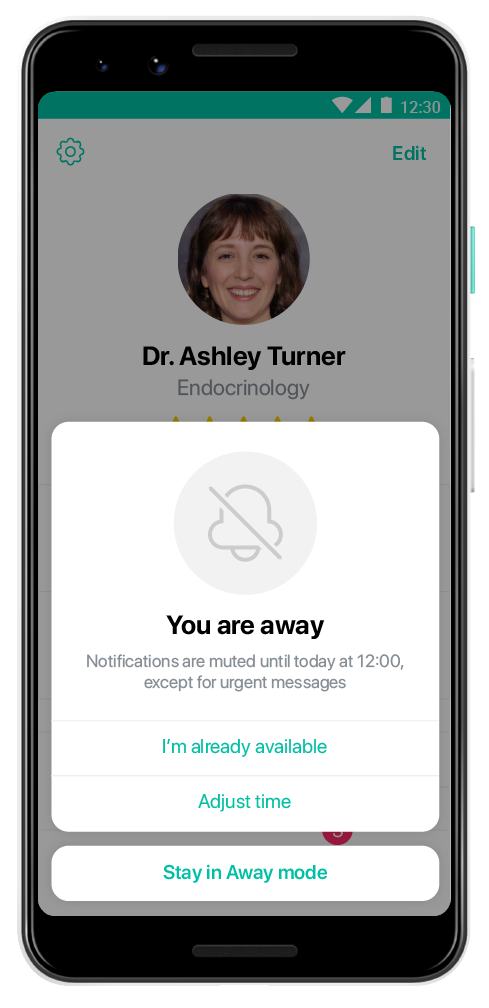
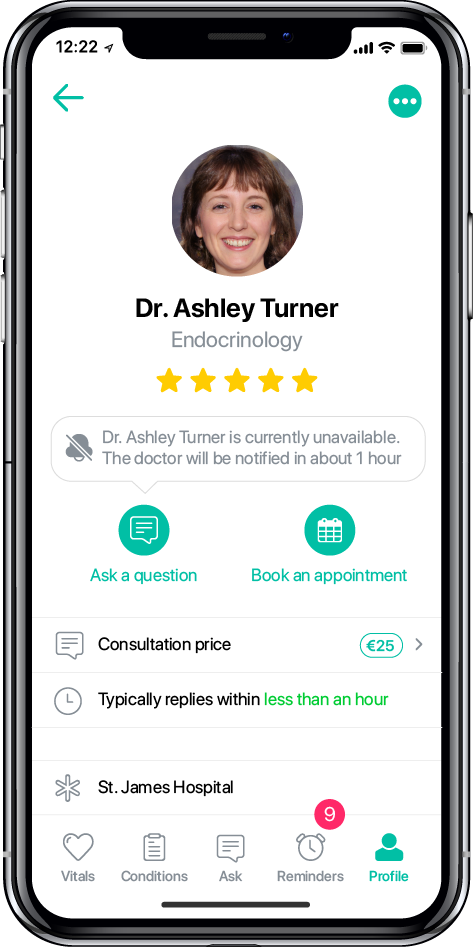
A picture is worth a thousand words
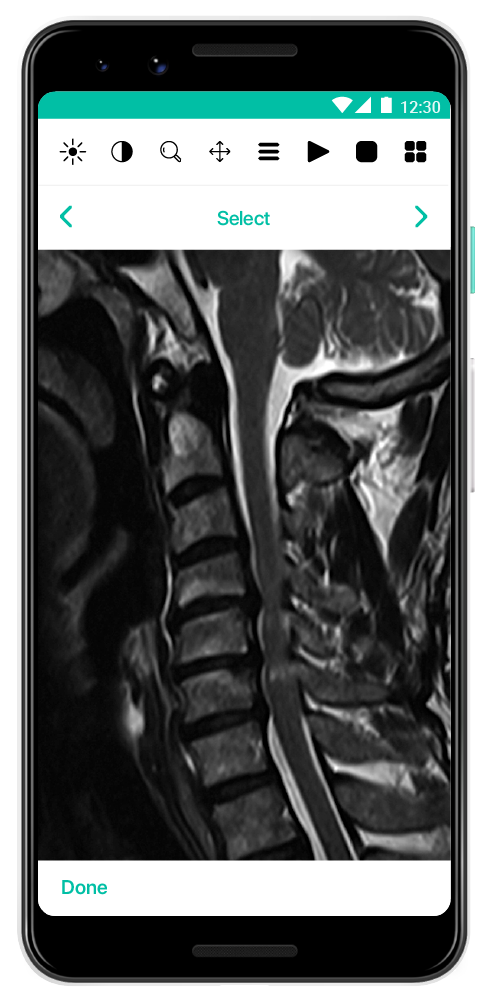
The general adage says so, but in medicine this is even more valid. A photo of a problematic area is often invaluable and you won’t be able to get the right diagnosis without it.
Most telemedicine platforms have made it easier for patients to send photos to doctors and ask for advice. The best telemedicine platforms know that regular photos is not the only “imaging language” that doctors speak, and they have made it easier for patients to share X-Ray and dynamic medical images, such as MRI and CT, with their doctors.
Doctors on the other hand have a powerful and easy-to-use image viewer (DICOM viewer) that lets them explore in depth the shared images.
When text and images are not enough, using video is the right choice
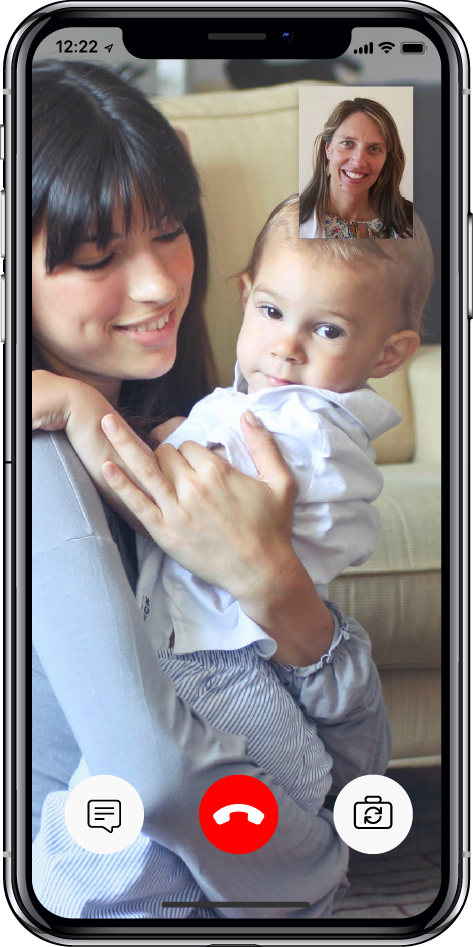
Sometimes using only text messages and images could take hours of explanations going back and forth. In such situations using video could save time.
According to the “Patient perspectives of telemedicine quality” study, 89% of the patients felt the medical video conference examination was the same or better than an in-person examination (https://www.ncbi.nlm.nih.gov/pmc/articles/PMC4284041/).
The good telemedicine solutions know how important video quality is when it comes to doctor – patient conversations, and they’ve taken the respective measures to provide the right tools with unprecedented quality.
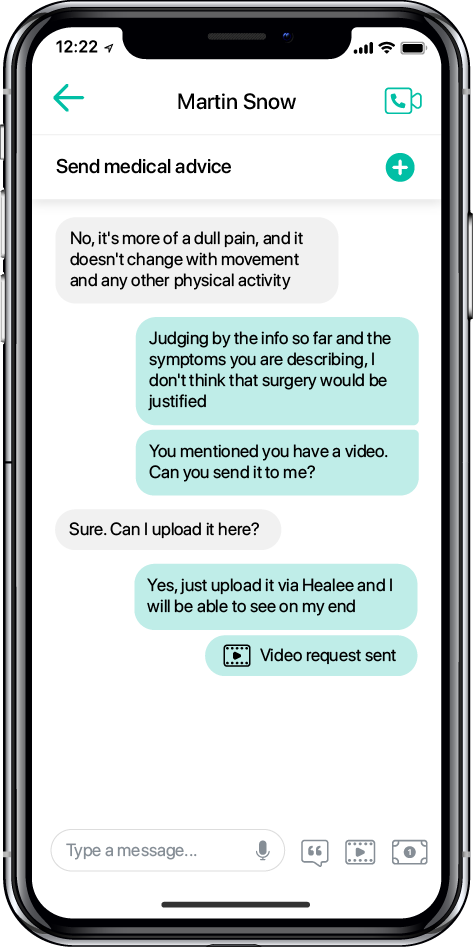
They also put control in the hands of doctors and let them decide whether and when to start a live video call.
Some platforms also allow doctors to request recorded videos from their patients, thus keeping the conversation asynchronous but at the same time taking advantage of the benefits that video can provide.
Here is the second part of our Telemedicine instruments story!
We will tell you more about how you can keep track of your patients, review and stay on top of the health data they share with you, meaningfully address any telemedicine scenario, handle payments, manage your schedule and more.